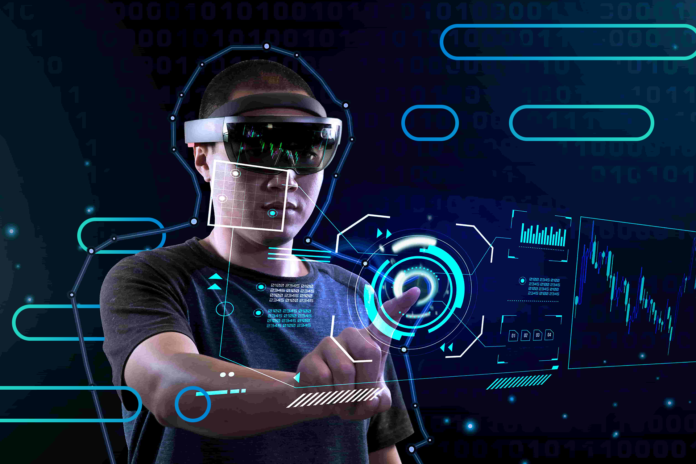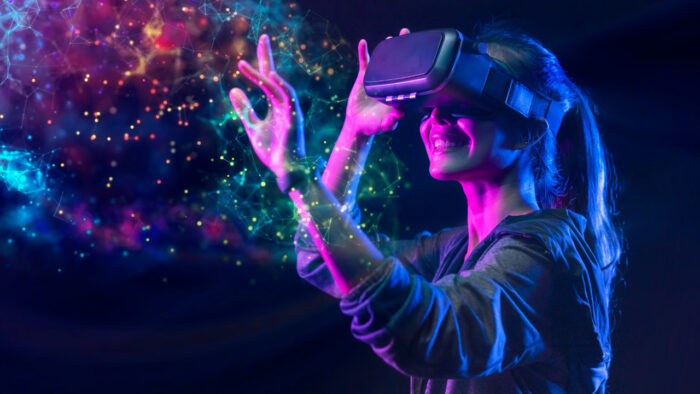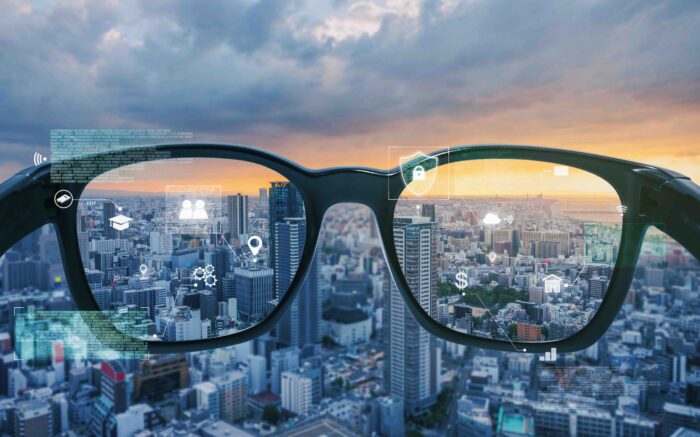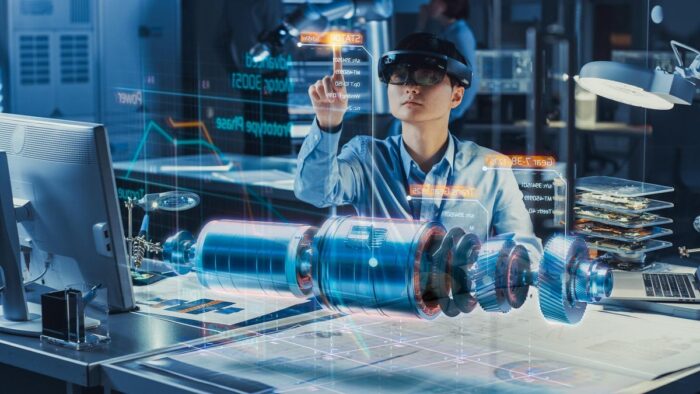
Augmented reality (AR) and virtual reality (VR) are two emerging technologies that have gained a lot of attention in recent years. Both technologies have the potential to transform the way we interact with digital content and the world around us. While there are similarities between AR and VR, they are distinct in their applications and use cases.
Augmented Reality
Augmented reality is a technology that enhances our perception of the real world by overlaying digital information on top of it. AR technology achieves this by using a camera and software to recognize and track physical objects and then add digital content to them in real time. This digital content can be anything from text, images, videos, and 3D models.
The most popular example of AR is the mobile game Pokemon Go, which allowed users to capture virtual creatures overlaid in the real world through the use of their smartphone cameras. Other examples of AR include virtual try-ons in retail stores, educational apps that provide interactive learning experiences, and navigation apps that overlay directions onto the physical environment.
AR has a wide range of potential applications in various industries, including education, healthcare, gaming, and retail. For example, AR can be used in education to create interactive learning experiences that are more engaging and effective than traditional methods. In healthcare, AR can be used to simulate surgical procedures and train medical students. In retail, AR can be used to provide customers with a virtual try-on experience and enhance their shopping experience.
Virtual Reality

Virtual reality is a technology that creates a completely immersive digital environment that simulates the real world or an entirely new one. VR technology achieves this by using a headset with screens for each eye and sensors to track the user’s head movement, creating the illusion of being inside a virtual world. VR can be experienced through dedicated VR headsets such as the Oculus Rift or HTC Vive or through less expensive options such as smartphone-based VR headsets.
The most popular application of VR is in gaming, where it provides players with a fully immersive experience, allowing them to interact with a virtual environment as if it were real. VR is also used in other industries, such as education, where it can create virtual classrooms and training simulations. In healthcare, VR is used to create virtual therapy and rehabilitation sessions for patients with physical and mental health conditions.
AR vs. VR
While Augmented reality (AR) and virtual reality (VR) are both immersive technologies, they differ in their applications and the level of immersion they provide. AR enhances the real world with digital content, while VR creates a completely immersive digital environment. AR is used to augment real-world experiences, while VR is used to create new ones.
Another difference between AR and VR is the hardware required to experience them. AR can be experienced through a smartphone camera, while VR requires a dedicated headset and often a powerful computer to run it. This makes AR more accessible and easy to use than VR.
In terms of development, AR and VR require different software and programming languages. AR development involves computer vision and image recognition, while VR development involves 3D modeling and simulation. Developers interested in AR will need to become proficient in image processing and computer vision, while VR developers will need to have skills in 3D modeling and game development.
The Future of AR and VR

The future of AR and VR is bright, with both technologies continuing to gain popularity and being adopted in new industries. AR is already being used by major companies such as Apple and Google, and VR is being used by companies like Facebook and Sony.
As these technologies become more advanced and accessible, we can expect to see them being used in new and exciting ways. For example, AR could be used to provide real-time translation in foreign countries or to provide virtual tours of museums and historical sites. VR could be used to create virtual theme park experiences or provide immersive training simulations for dangerous jobs like firefighting and mining.
The growth of the AR and VR industry has been fuelled by several factors, including the increasing availability of powerful mobile devices, advances in computer vision and machine learning, and the growing demand for more engaging and interactive content. These technologies are being used in a variety of industries, including gaming, education, healthcare, retail, and advertising.
One of the key drivers of growth in the AR and VR industry is the increasing use of these technologies in gaming. The gaming industry has been a significant early adopter of both AR and VR, with many companies developing games and experiences that take advantage of the unique capabilities of these technologies. The growing popularity of e-sports and mobile gaming has also helped to drive demand for more immersive experiences.

In addition to gaming, AR and VR are being used in education and training. AR can be used to create interactive learning experiences that are more engaging and effective than traditional methods. For example, medical students can use AR to simulate surgical procedures, while industrial workers can use AR to learn how to operate complex machinery. VR can be used to create realistic simulations of dangerous or difficult-to-replicate scenarios, such as emergency response training or military operations.
The healthcare industry is also a significant user of AR and VR technology. AR is being used to create interactive medical training simulations and to assist surgeons during procedures. VR is being used to treat a variety of conditions, including anxiety, PTSD, and chronic pain.
Another area where AR and VR are being used is in retail and advertising. AR can be used to create interactive product displays and virtual try-on experiences, while VR can be used to create immersive brand experiences that engage customers in new and innovative ways.
In conclusion, the AR and VR industry is poised for significant growth in the coming years, driven by a range of factors, including the increasing availability of powerful mobile devices, advances in computer vision and machine learning, and the growing demand for more engaging and interactive content.
















